The letter H brings with it a burst of hearty, healing, and often fragrant flavors. From the sharp warmth of horseradish to the gentle sweetness of honeybush tea leaves, these spices, seasonings, and herbs remind us that food can comfort, energize, and restore all at once. They’re the ingredients that slip into stews, teas, marinades, and medicines—sometimes quietly, sometimes with a fiery kick.
In this guide, we’ll explore the spices, seasonings, and herbs that start with H, uncovering their origins, tastes, and uses in kitchens around the world. Some will feel familiar, others may surprise you—but each one brings its own story to the table.
Spices that Start with H
1. Horseradish (Dried or Powdered)

- Origin & History: Native to Eastern Europe; cultivated since ancient Greek and Roman times.
- Appearance: Creamy white root, grated fresh or dried into powder.
- Taste & Aroma: Hot, pungent, nose-tingling.
- Culinary Uses: Condiments, sauces, spice blends, pickles.
- Health Benefits: Stimulates digestion and clears sinuses.
- Fun Fact: In Jewish tradition, horseradish is eaten at Passover as a bitter herb.
2. Hungarian Paprika

- Origin & History: Originated in Central America; perfected in Hungary, where it’s a national spice.
- Appearance: Bright red powder from dried peppers.
- Taste & Aroma: Sweet to spicy, smoky, peppery.
- Culinary Uses: Goulash, soups, stews, meats.
- Health Benefits: Rich in vitamin A and antioxidants.
- Fun Fact: Paprika is Hungary’s most famous culinary export.
3. Habanero Chili (Dried)
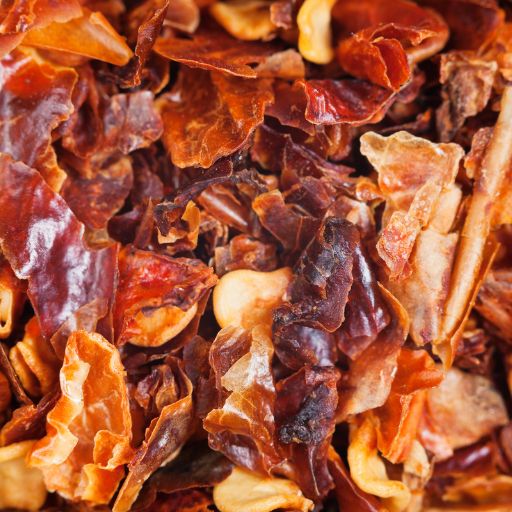
- Origin & History: Native to the Amazon region; now popular in Caribbean and Mexican cuisines.
- Appearance: Small, lantern-shaped, dried red or orange chilies.
- Taste & Aroma: Fiery hot with fruity undertones.
- Culinary Uses: Salsas, hot sauces, marinades.
- Health Benefits: High in capsaicin, boosts metabolism.
- Fun Fact: Once held the Guinness World Record for hottest chili.
4. Himalayan Pink Salt (Spice Use)
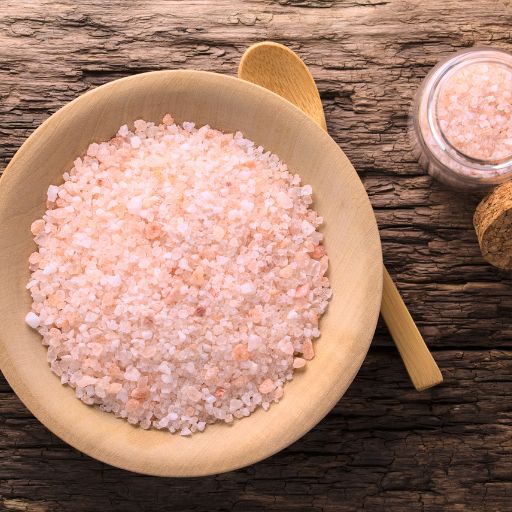
- Origin & History: Mined in the Punjab region of Pakistan; used for centuries.
- Appearance: Pink crystals or ground powder.
- Taste & Aroma: Salty, mineral-rich.
- Culinary Uses: Seasoning meats, vegetables, and gourmet dishes.
- Health Benefits: Contains trace minerals like magnesium and potassium.
- Fun Fact: Its pink hue comes from iron oxide.
5. Hing (Asafoetida)

- Origin & History: Native to Iran and Afghanistan; used in Indian cooking for centuries.
- Appearance: Yellow-brown resin powder.
- Taste & Aroma: Strong, sulfurous raw smell; savory when cooked.
- Culinary Uses: Essential in Indian lentil dishes, curries, and pickles.
- Health Benefits: Aids digestion, reduces gas.
- Fun Fact: Sometimes called “Devil’s Dung” because of its intense raw odor.
6. Hawaiian Black Salt
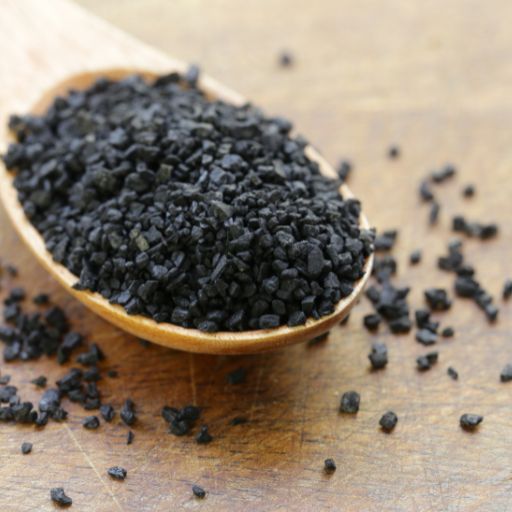
- Origin & History: Traditional salt from Hawaii, infused with activated charcoal.
- Appearance: Black, crystalline flakes.
- Taste & Aroma: Salty, earthy, slightly smoky.
- Culinary Uses: Finishing salt for seafood, salads, and grilled meats.
- Health Benefits: Detoxifying properties from charcoal.
- Fun Fact: Traditionally used in Hawaiian rituals as well as cooking.
7. Harissa Spice Blend
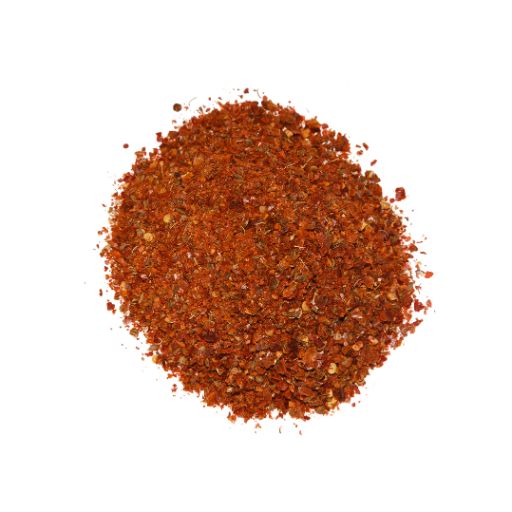
- Origin & History: North African blend, especially Tunisian.
- Appearance: Bright red powder made from chili, cumin, caraway, and coriander.
- Taste & Aroma: Spicy, smoky, aromatic.
- Culinary Uses: Rub for meats, seasoning for stews, base for sauces.
- Health Benefits: Capsaicin-rich, aids circulation.
- Fun Fact: In Tunisia, harissa is as common as ketchup in American homes.
8. Hot Mustard Powder

- Origin & History: Made from brown mustard seeds, popular in Asian and English cuisines.
- Appearance: Pale yellow, fine powder.
- Taste & Aroma: Sharp, pungent, nose-clearing.
- Culinary Uses: Mustard pastes, dipping sauces, marinades.
- Health Benefits: Supports metabolism and digestion.
- Fun Fact: Mixing with cold water activates its heat—warm water makes it milder.
9. Hemp Seeds (Culinary Spice Use)
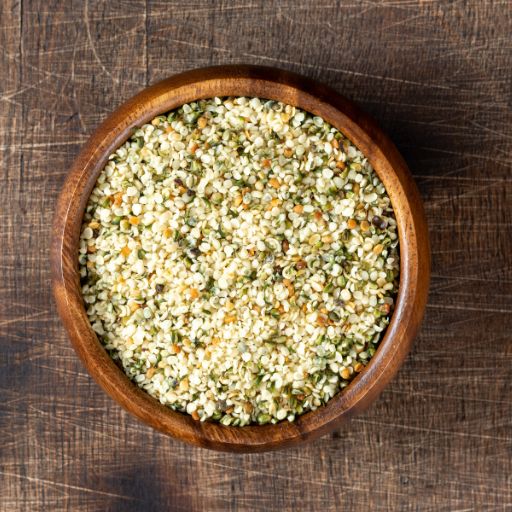
- Origin & History: Cultivated for thousands of years in China and the Middle East.
- Appearance: Small, beige-green seeds.
- Taste & Aroma: Nutty, mild, earthy.
- Culinary Uses: Sprinkled on salads, cereals, baked goods.
- Health Benefits: Rich in protein, omega-3s, and fiber.
- Fun Fact: Hemp seeds contain no psychoactive compounds—they’re purely culinary.
10. Haritaki (Dried Herb Spice)
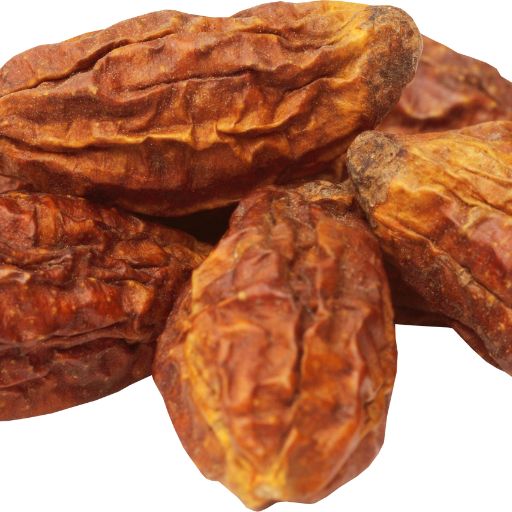
- Origin & History: Ayurvedic spice from South Asia; revered as one of the “three fruits” in Triphala.
- Appearance: Brown, wrinkled dried fruit pods.
- Taste & Aroma: Bitter, astringent, earthy.
- Culinary Uses: Used sparingly in Ayurvedic preparations and traditional recipes.
- Health Benefits: Detoxifying, supports digestion and immunity.
- Fun Fact: In Ayurveda, it’s called the “King of Medicines.
Seasonings that Start with H
1. Harissa Paste
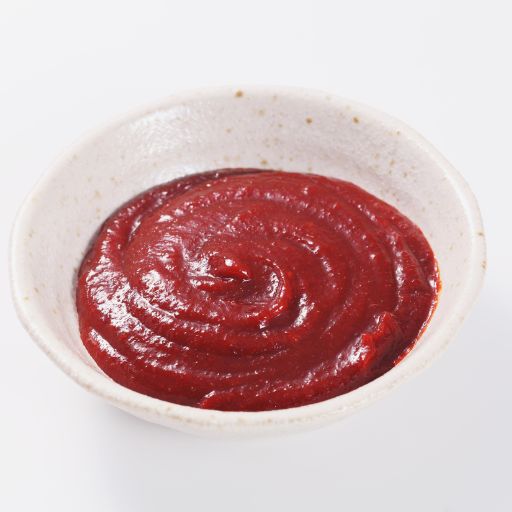
- Origin & History: Traditional North African seasoning, especially in Tunisia.
- Appearance: Thick, deep red paste.
- Taste & Aroma: Spicy, smoky, tangy.
- Culinary Uses: Marinades, couscous, tagines, grilled meats.
- Health Benefits: Capsaicin boosts circulation and metabolism.
- Fun Fact: In Tunisia, families often prepare homemade harissa to last the year.
2. Hoisin Sauce (Chinese Seasoning)
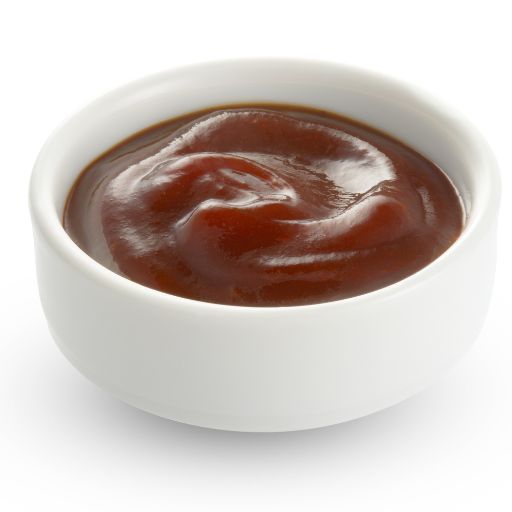
- Origin & History: Chinese condiment with Cantonese roots.
- Appearance: Thick, dark brown sauce.
- Taste & Aroma: Sweet, savory, tangy with a hint of spice.
- Culinary Uses: Stir-fries, glazes, dipping sauces.
- Health Benefits: Provides antioxidants from fermented soybeans.
- Fun Fact: “Hoisin” means “seafood sauce” in Cantonese, but it usually contains no seafood.
3. Honey Mustard Seasoning
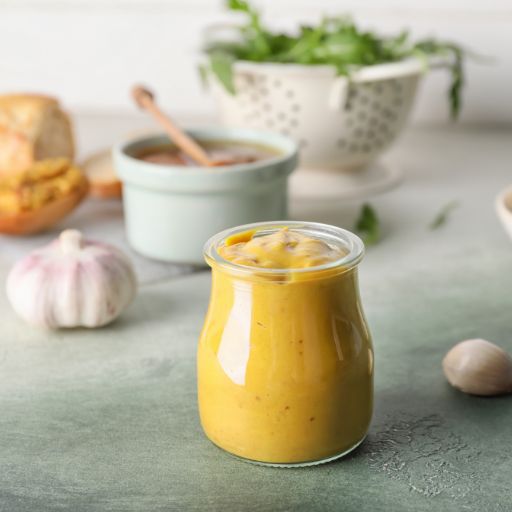
- Origin & History: Popularized in American cuisine as a versatile sauce and dry mix.
- Appearance: Yellow-gold powder or sauce.
- Taste & Aroma: Sweet, tangy, sharp.
- Culinary Uses: Salad dressings, chicken coatings, dipping sauces.
- Health Benefits: Honey provides antioxidants, mustard aids digestion.
- Fun Fact: Honey mustard became a fast-food staple in the 1980s.
4. Hot Sauce Seasoning (Dry Mix)
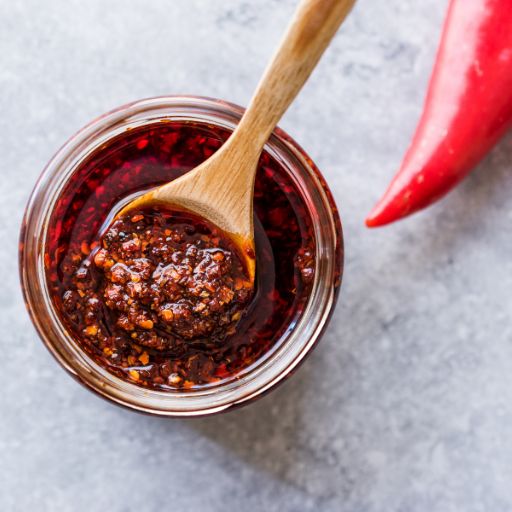
- Origin & History: Inspired by global hot sauces, now available as seasoning powders.
- Appearance: Bright red-orange dry blend.
- Taste & Aroma: Fiery, tangy, salty.
- Culinary Uses: Coating for wings, fries, popcorn, or grilled meats.
- Health Benefits: Capsaicin supports metabolism.
- Fun Fact: Dry hot sauce mixes are popular for camping meals where liquids don’t store well.
5. Herb de Provence (Herbal Seasoning)
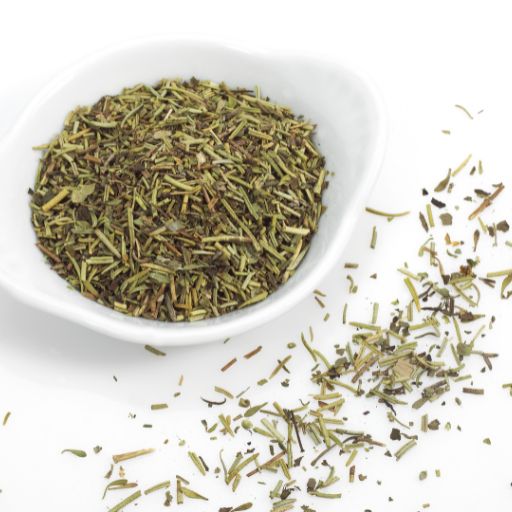
- Origin & History: A Provençal French mix of dried herbs.
- Appearance: Green, leafy mix.
- Taste & Aroma: Floral, savory, slightly piney.
- Culinary Uses: Roasts, vegetables, stews, breads.
- Health Benefits: Rich in antioxidants from multiple herbs.
- Fun Fact: Lavender is often added in exported blends, but not always in traditional recipes.
6. Hawaiian Teriyaki Seasoning
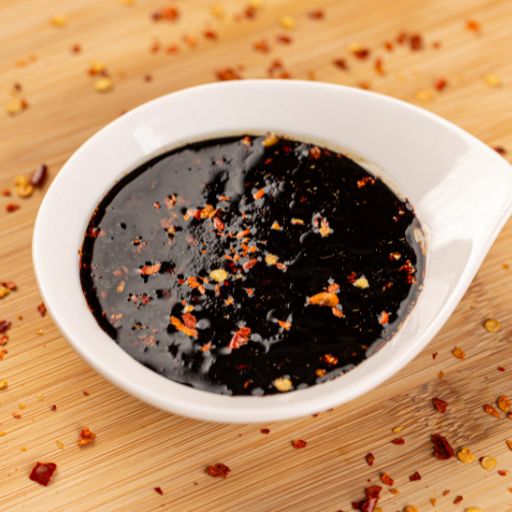
- Origin & History: A fusion seasoning inspired by Japanese immigrants in Hawaii.
- Appearance: Brown, granulated mix with soy, garlic, sugar, and ginger.
- Taste & Aroma: Sweet, savory, umami-rich.
- Culinary Uses: Marinades for grilled chicken, beef, seafood.
- Health Benefits: Adds flavor while reducing need for extra sauces.
- Fun Fact: “Teriyaki” means “glossy grill” in Japanese, referring to the sauce’s shine.
7. Hunan Seasoning
- Origin & History: From China’s Hunan province, known for bold, spicy flavors.
- Appearance: Red-brown blend with chili, garlic, ginger, and soy-based seasonings.
- Taste & Aroma: Spicy, savory, tangy.
- Culinary Uses: Stir-fries, braised meats, noodles.
- Health Benefits: Chili and garlic support immunity and digestion.
- Fun Fact: Hunan cuisine is often hotter than Sichuan, with more emphasis on fresh chili.
Herbs that Start with H
1. Hyssop
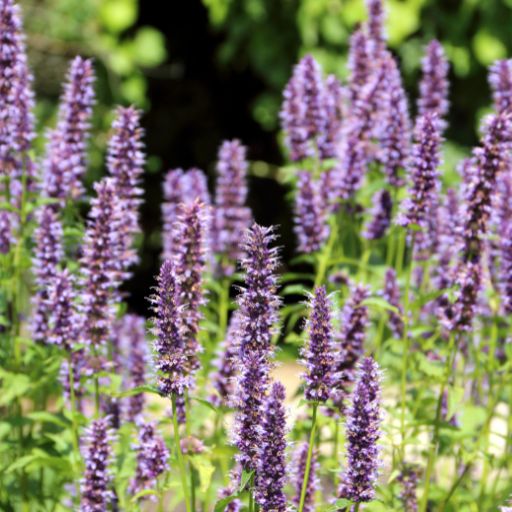
- Origin & History: Native to Southern Europe and the Middle East; mentioned in the Bible for its cleansing uses.
- Appearance: Woody stems with narrow green leaves and purple-blue flowers.
- Taste & Aroma: Strong, minty, slightly bitter.
- Culinary Uses: Soups, liqueurs, teas (used sparingly).
- Health Benefits: Traditionally used for respiratory health.
- Fun Fact: Hyssop is one of the herbs in the French liqueur Chartreuse.
2. Horehound
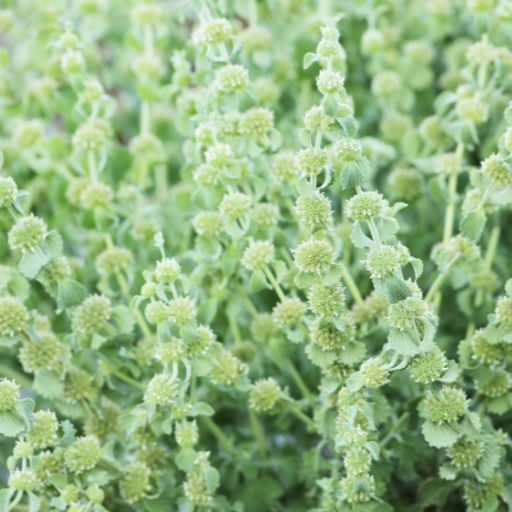
- Origin & History: Native to Europe and Asia; used since Roman times.
- Appearance: Woolly gray-green leaves with white flowers.
- Taste & Aroma: Bitter, herbal, mint-like.
- Culinary Uses: Flavoring for candies, teas, and cough drops.
- Health Benefits: Known for soothing sore throats and coughs.
- Fun Fact: Victorian-era horehound candy was both a treat and a remedy.
3. Houttuynia (Fish Mint)
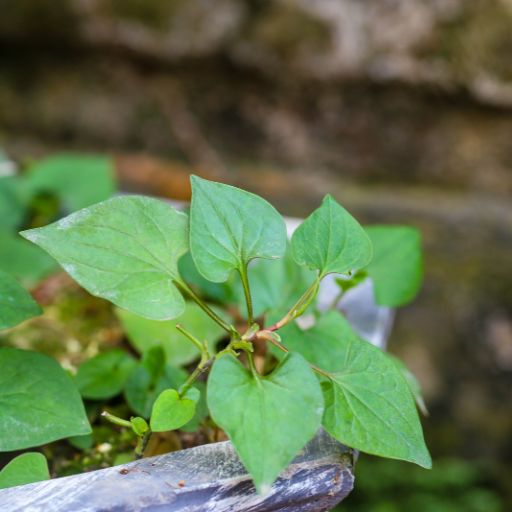
- Origin & History: Native to East Asia; used in traditional Chinese and Vietnamese cooking.
- Appearance: Heart-shaped green leaves with white flowers.
- Taste & Aroma: Strong, fishy, citrusy.
- Culinary Uses: Salads, soups, and fresh herb mixes in Vietnam.
- Health Benefits: Believed to support immunity and detoxification.
- Fun Fact: Its fish-like flavor makes it a love-or-hate herb.
4. Holy Basil (Tulsi)
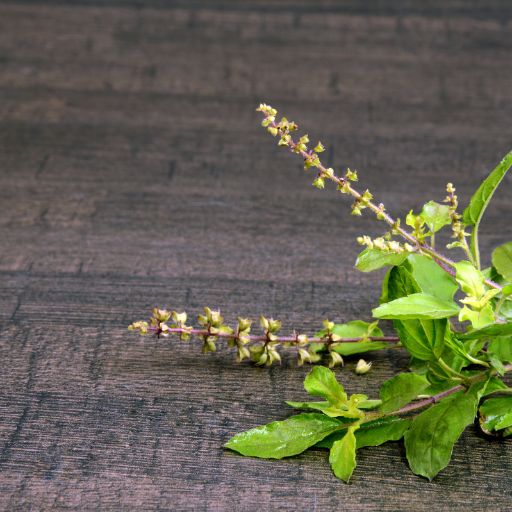
- Origin & History: Sacred herb in India, used in Ayurveda and Hindu rituals.
- Appearance: Green or purple-tinted leaves with small flower spikes.
- Taste & Aroma: Spicy, peppery, slightly clove-like.
- Culinary Uses: Teas, curries, herbal remedies.
- Health Benefits: Adaptogen that helps reduce stress and boost immunity.
- Fun Fact: Considered a sacred plant in Hindu households, often grown in courtyards.
5. Hemp Leaves
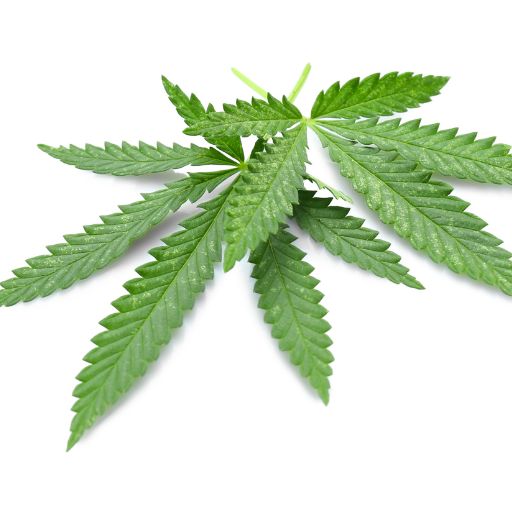
- Origin & History: From the hemp plant, cultivated for centuries across Asia and Europe.
- Appearance: Jagged, palmate green leaves.
- Taste & Aroma: Earthy, grassy, mildly bitter.
- Culinary Uses: Herbal teas, smoothies, soups.
- Health Benefits: Rich in antioxidants, promotes relaxation.
- Fun Fact: Hemp leaves contain no THC, making them safe and legal for culinary use.
6. Hazelnut Leaf (Corylus)
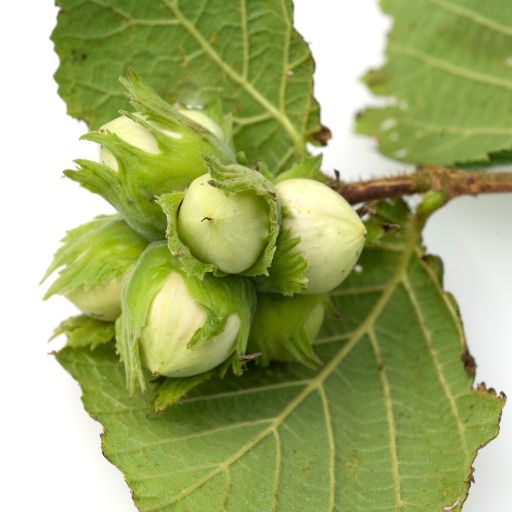
- Origin & History: Native to Europe and Asia; used in folk medicine.
- Appearance: Broad, serrated green leaves.
- Taste & Aroma: Mild, leafy, slightly nutty.
- Culinary Uses: Herbal teas and infusions.
- Health Benefits: Traditionally used for circulation and varicose veins.
- Fun Fact: Hazelnut trees are also sacred in Celtic mythology.
7. Hedge Mustard

- Origin & History: Common across Europe and Asia; used since medieval times.
- Appearance: Tall plant with small yellow flowers and narrow leaves.
- Taste & Aroma: Sharp, mustard-like.
- Culinary Uses: Leaves eaten raw in salads or cooked as greens.
- Health Benefits: Known as the “singer’s plant” for soothing throats.
- Fun Fact: Ancient Greeks gave hedge mustard tea to actors before performances.
8. Henbit
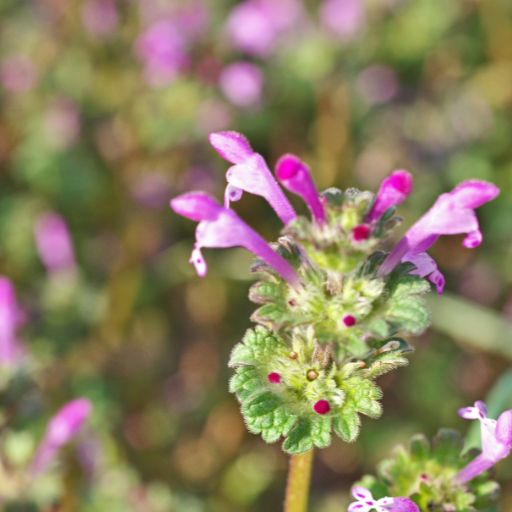
- Origin & History: Native to Europe and Asia; now widespread globally.
- Appearance: Low-growing plant with scalloped leaves and purple flowers.
- Taste & Aroma: Mild, grassy, slightly sweet.
- Culinary Uses: Edible in salads, soups, or as cooked greens.
- Health Benefits: Contains iron, vitamins, and fiber.
- Fun Fact: Bees love henbit flowers as an early spring nectar source.
9. Horsemint (Wild Bergamot)

- Origin & History: Native to North America; used by Native American tribes.
- Appearance: Tall plant with purple flower clusters.
- Taste & Aroma: Minty with oregano-like sharpness.
- Culinary Uses: Teas, seasoning for meats, herbal infusions.
- Health Benefits: Supports respiratory and digestive health.
- Fun Fact: Sometimes called “bee balm” for its pollinator-friendly blooms.
10. Honeybush
- Origin & History: Native to South Africa; related to rooibos.
- Appearance: Green shrub with yellow, honey-scented flowers.
- Taste & Aroma: Sweet, honey-like, floral.
- Culinary Uses: Herbal teas, infusions, and syrups.
- Health Benefits: Caffeine-free, rich in antioxidants.
- Fun Fact: Traditionally enjoyed as a calming evening tea in South Africa.
Conclusion
From horseradish to holy basil, the letter H brings heat, healing, and heritage to our kitchens. These spices, seasonings, and herbs prove that flavor can be fiery or soothing, and sometimes both at once. Want to keep discovering? Join us next time as we explore the intriguing world of I.

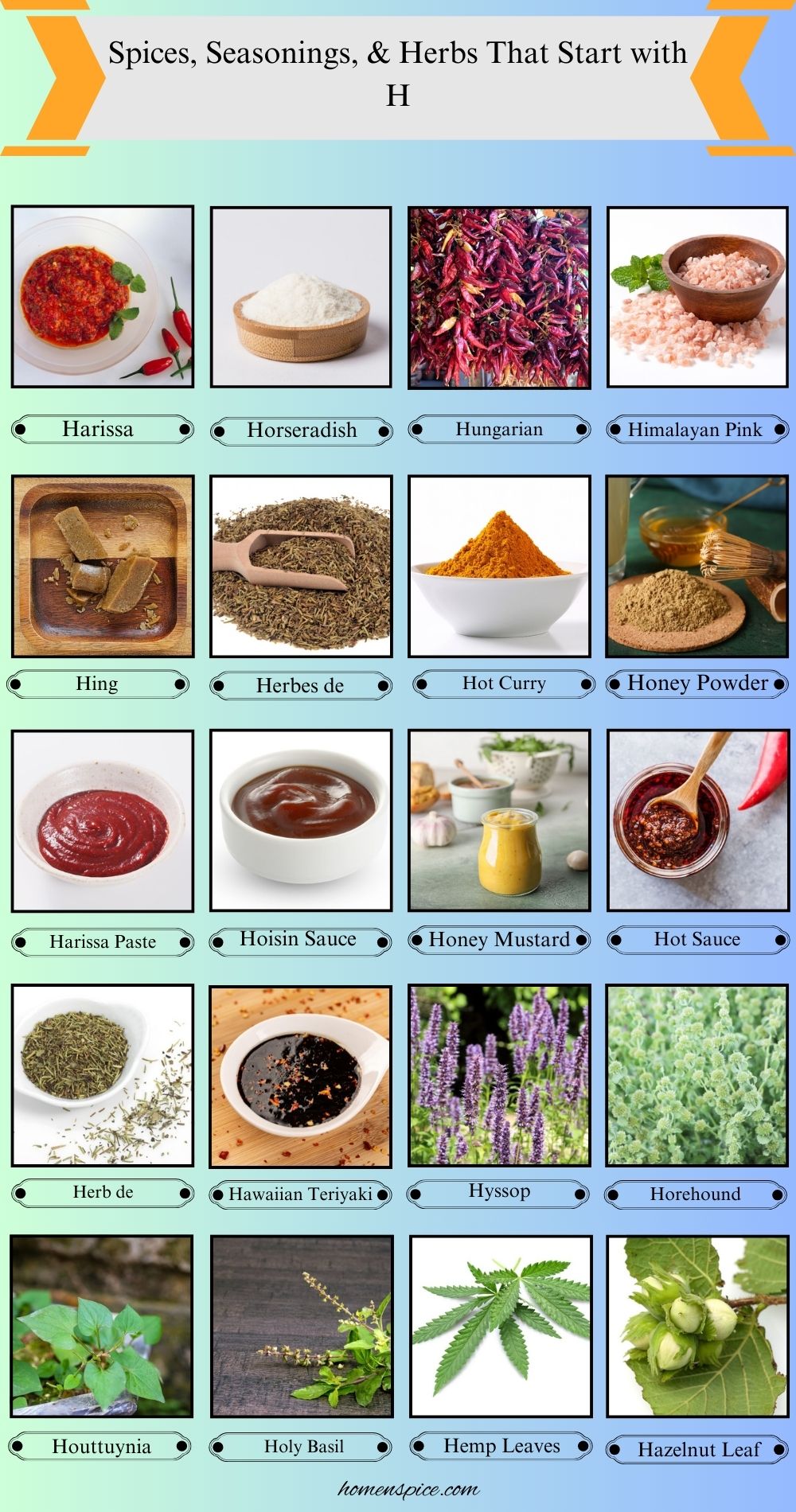
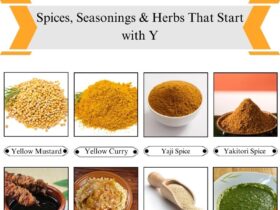
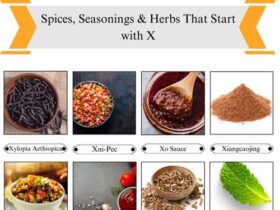
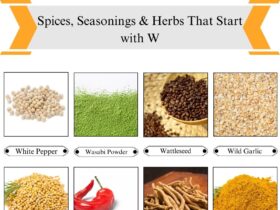
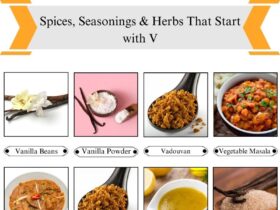
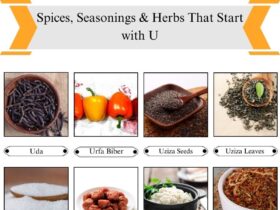
Leave a Reply